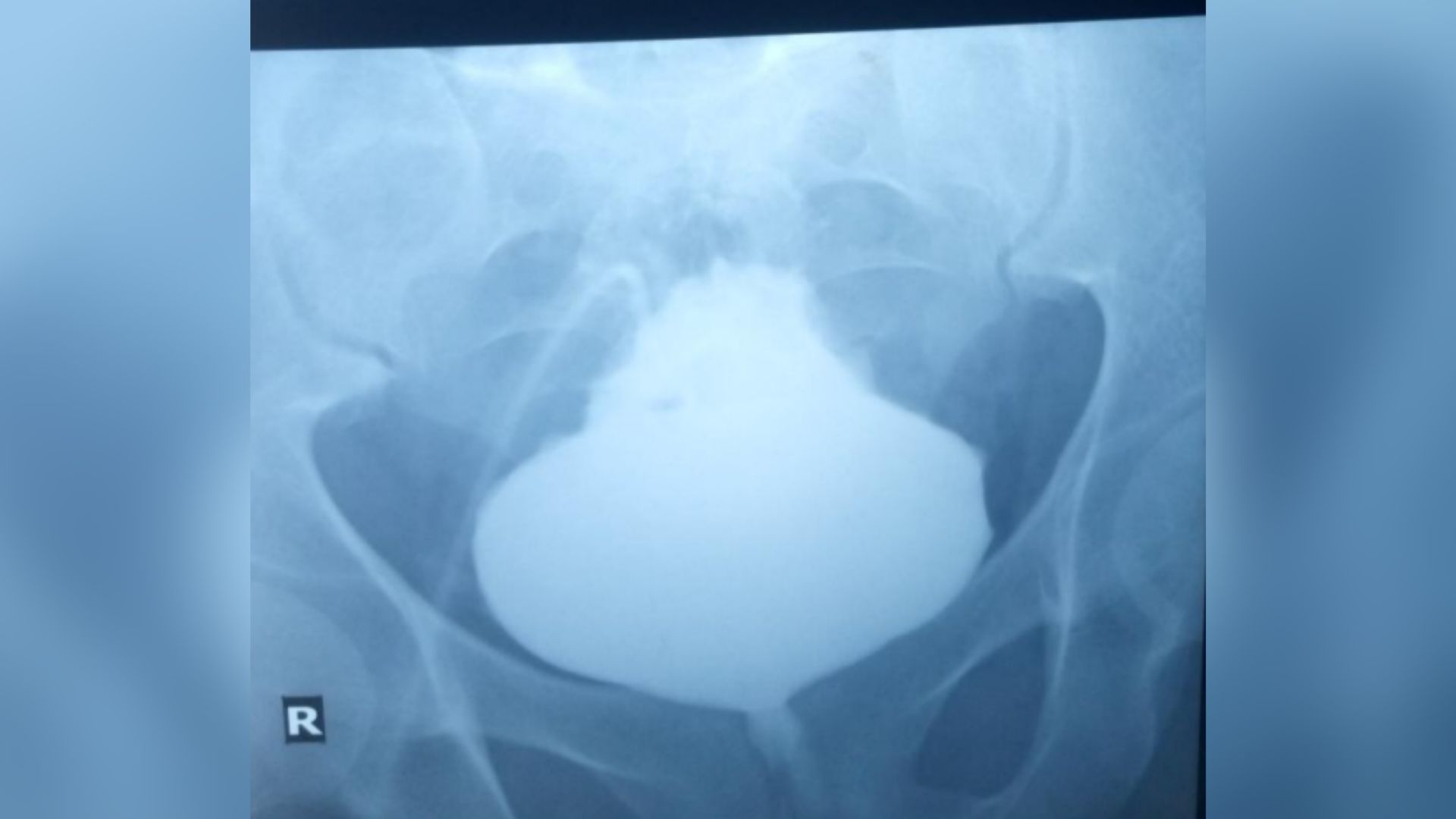The 10 Strangest Places Where Life Is Found on Earth

Intro
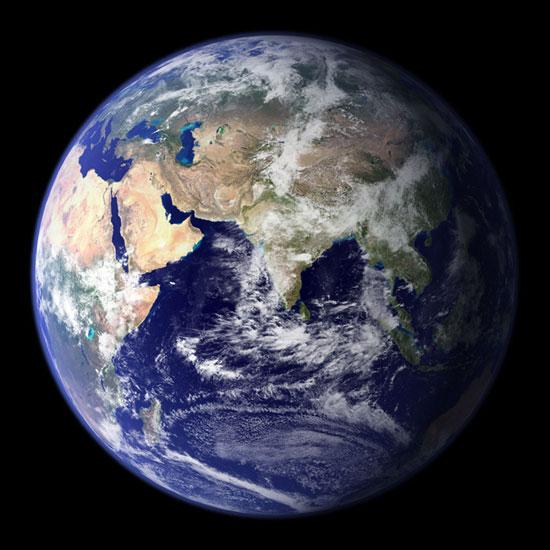
Earth is the only place in the universe that we know is home to life. It turns out that life can be found nearly everywhere on Earth, evolving ways to survive -- including a recent discovery of arsenic-eating bacteria -- even in the strangest, seemingly inhospitable places on the planet and off it.
Bubbling tar
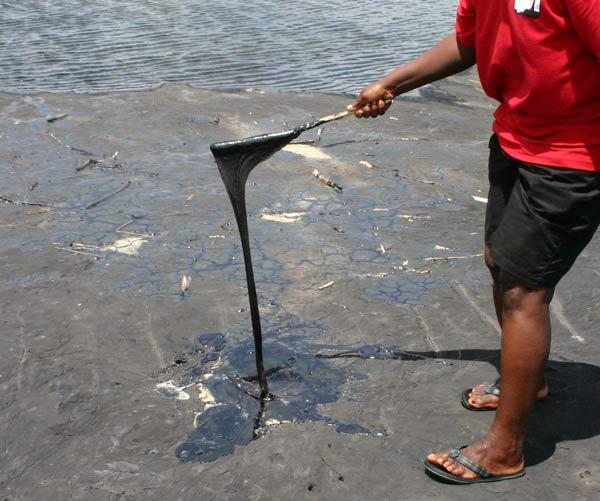
Bubbling lakes of hot tar hardly seem like they would be able to host living things, but it turns out they can apparently teem with microbial life.
In the world's largest naturally occurring asphalt lake Pitch Lake, on the Caribbean island of Trinidad each gram of sticky black goo can harbor up to 10 million microbes.
Radioactive waste
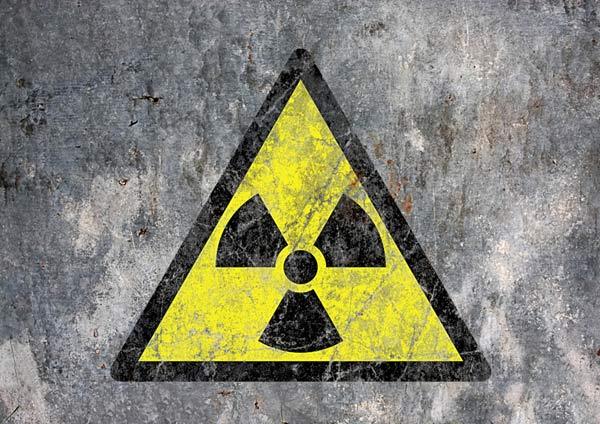
While a radiation dose of 10 grays would kill a human, the bacteria Deinococcus radiodurans can take up to 5,000 grays with no visible effect, and can even withstand up to 15,000 grays, earning it the title of "world's toughest bacterium" in the Guinness Book of World Records.
It withstands radiation that shatters its genome into hundreds of DNA fragments with the aid of multiple copies of its genome.
Boiling water
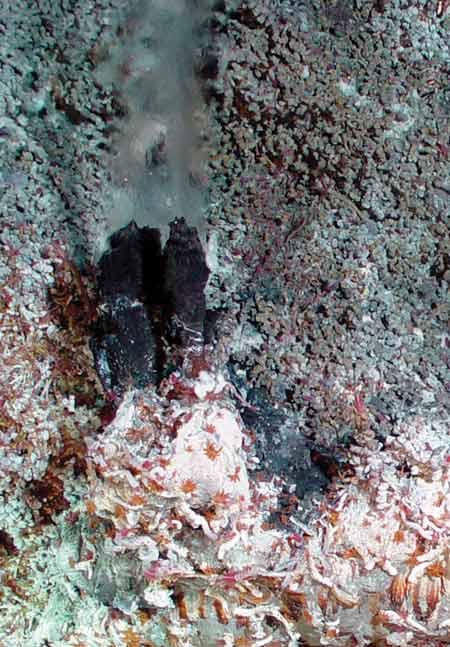
The scalding heat and crushing pressure found at hydrothermal vents on the seafloor would doubtlessly kill us in an instant if we experienced them, but they are home to a dazzling array of life.
Underwater hot springs in the Pacific Ocean often teem with tubeworms and giant clams, while the Atlantic variety is typically home to eyeless shrimp and other extreme residents.
Get the world’s most fascinating discoveries delivered straight to your inbox.
These deepwater denizens thrive on the mineral-rich waters that emanate from the vents, using a process called chemosynthesis to make energy. Some life in these dark abysses can even live off the scarce light shed by these vents.
Clean rooms

Whenever NASA's landing probes are set to leave Earth, they are sterilized properly to make sure they do not accidentally contaminate extraterrestrial bodies or get mistaken for alien life. NASA scientists bombard the probe parts with plasma and radiation and place them in ultra-air-and-water-filtered clean rooms. Still, even with all these precautions, a diverse range of microbes can survive, inevitably sneaking a ride into space.
The Dead Sea

The Dead Sea earned its name for a reason it is one of the saltiest bodies of water in the world, making it too harsh for most life to thrive there. However, even in the forbidding brine, salt-loving or "halophile" microbes can thrive.
The Dry Valleys
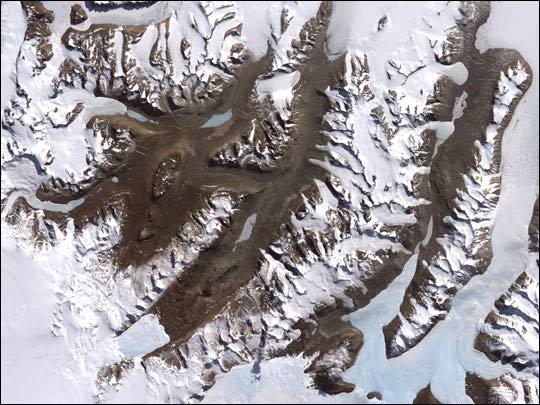
The Dry Valleys of Antarctica are so cold and dry that they are often considered the best analog of Mars on Earth. Still, the soil there is full of microbes, raising hopes that life might also be found on the Red Planet.
Frozen in ice

Life not only can survive in lakes buried under ice, but it turns out microbes can even survive frozen within such ice. In the oldest known ice on Earth in Antarctica, scientists revived microbes that had been frozen for millions of years.
Airless underwater ooze
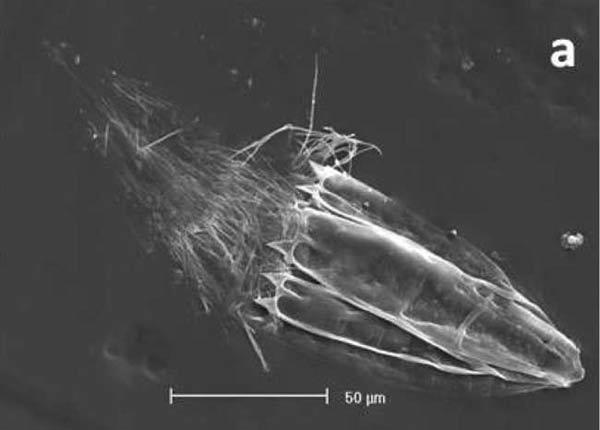
It might not be surprising that microbes can survive even in oxygen-depleted, hyper-salty mud on the bottom of the Mediterranean Sea, even if that sediment is loaded with typically toxic levels of chemicals called sulfides. What proved unexpected, however, was finding higher forms of life there strange creatures known as loriciferans that somewhat resemble jellyfish sprouting from a conical shell.
The existence of these creatures in this harsh habitat raises hopes that multi-cellular alien life might be found in oxygen worlds that lack oxygen.
A mile or more underground

No matter how hostile the Earth's surface or the seafloor might get, it makes some sense that life might survive there, given the life-giving energy coming from the sun or nutrients raining down from above.
However, scientists have found microbes flourishing in rocks up to several miles below the surface of the Earth in South African gold and platinum mines, as well as a mile beneath the seafloor, living at times with the aid of uranium.
The vacuum of space

Even the open and harsh vacuum found in orbit around the Earth, with all its deadly radiation, is not deadly enough for tiny eight-legged creatures known as water bears.
Previously, the only life known to be capable of surviving the radiation and vacuum of space were certain types of bacteria and lichen.
Water bears, formally known as tardigrades, can also withstand conditions of scorching heat around 194 degrees F (90 degrees C) and freezing cold of minus 321 degrees F (minus 196 C).



